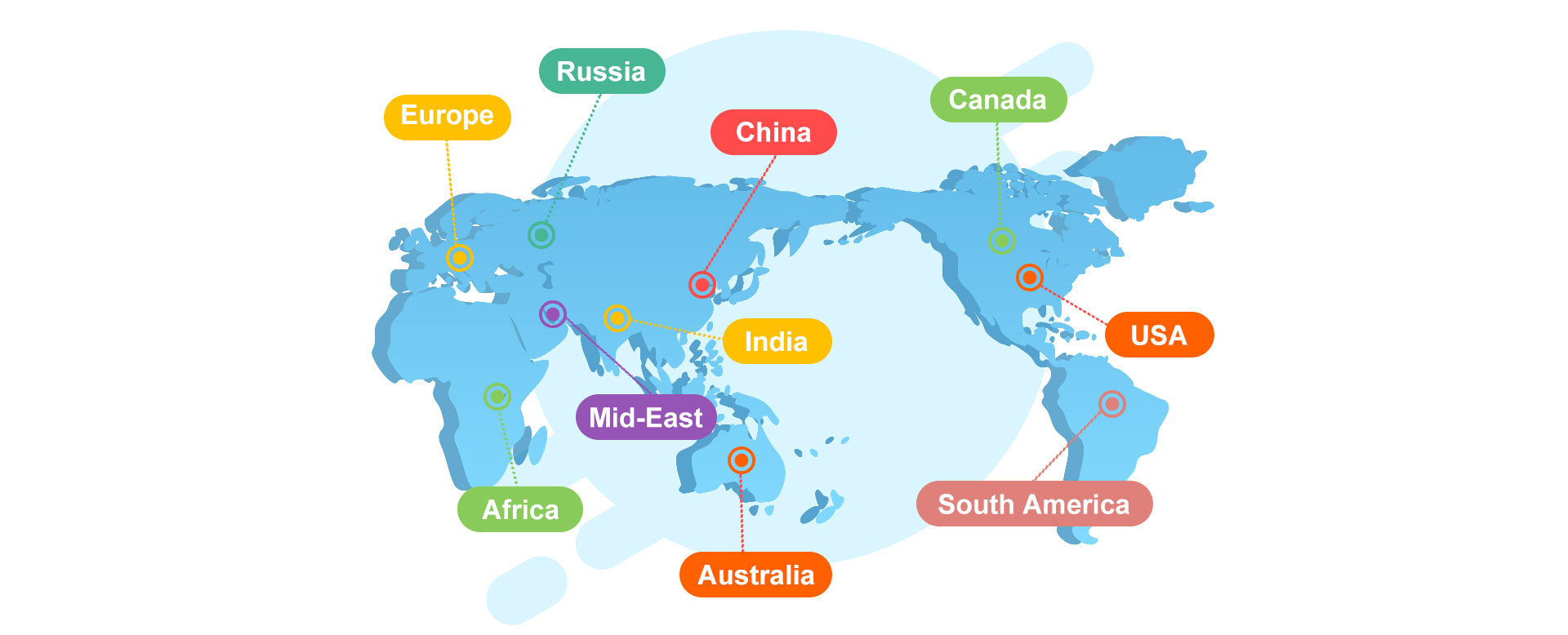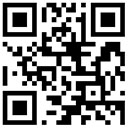Beijing 2022 Unveils Mascots for Olympic and Paralympic Winter Games
17 September, 2019, BEIJING – The Beijing Organizing Committee for the 2022 Olympic and Paralympic Winter Games (BOCOG) launched the much-anticipated official Games mascots, Bing Dwen Dwen and Shuey Rhon Rhon, in a festive ceremony attended by more than 1,600 people at the Shougang Ice Hockey Arena today.
Cheerful Panda as Olympic Mascot
Chinese Vice Premier Han Zheng, International Olympic Committee President Thomas Bach, and Minister of the General Administration of Sport of China and BOCOG Executive President Gou Zhongwen jointly unveiled Bing Dwen Dwen(冰墩墩), the official mascot for the Olympic Winter Games, along with Chinese short track speed skater Wu Dajing and local school student Zhang Jiman.
The jovial panda mascot is an ambassador for winter sports. Bing (冰) is the Chinese character for ice, while Dwen Dwen (墩墩) is a common nickname in China for children that implies healthiness, cuteness, and ingenuousness – characteristics also shared with pandas.
Clothed in a full body suit of ice, a symbol of purity and strength, Bing Dwen Dwen wants to emulate the physical and mental power of Olympians, and to help spread the enduring Olympic spirit. The heart shape in its left palm represents the host country’s hospitality, and the mascot is expected to connect and bring joy to people participating and watching the Olympic Winter Games Beijing 2022 from all over the world.
The colored halo surrounding its face is suggestive of ice and snow tracks, as well as the flowing “ribbons” on the exterior of the National Speed Skating Oval, one of two new competition venues in the Beijing zone that is expected to become a landmark of the Games.
The dynamic lines of the halo also embody the increased connectivity in the era of 5G communications. Resembling an astronaut, Bing Dwen Dwen stands for Beijing 2022’s embrace of new technologies that will bring about a future with infinite possibilities.
Glowing Lantern as Paralympic Mascot
Secretary of the CPC Beijing Municipal Committee and BOCOG President Cai Qi, Governor of Hebei Province and BOCOG Executive President Xu Qin, Chairperson of the China Disabled Persons’ Federation and BOCOG Executive President Zhang Haidi, together with Chinese wheelchair curler Chen Jianxin and local student Wang Ruoyu, introduced Shuey Rhon Rhon to the audience as the official mascot for the Beijing 2022 Paralympic Winter Games.
Shuey Rhon Rhon (雪容融) is a Chinese lantern child ready to welcome friends from around the world for a big party. Exuding positivity, the glow emanating from its heart symbolizes the inspiring warmth, friendship, courage, and perseverance of Para athletes that light up the dreams of millions every day.
The Chinese lantern is a millennia-old cultural symbol associated with harvest, celebration, prosperity, and brightness. Red is the most auspicious and festive color in the country, and is all the more fitting given that the Games will coincide with Chinese New Year celebrations in February and March 2022.
The overall design on Shuey Rhon Rhon draws from traditional Chinese papercut art and Ruyi ornaments, and features doves, Beijing’s iconic Temple of Heaven, and snow to symbolize peace, friendship, and good fortune.
Shuey has the same pronunciation as 雪, the Chinese character for snow. The first Rhon (容) in the mascot’s Chinese name means “to include, to tolerate”, while the second Rhon (融) means “to melt, to fuse” and “warm”. The name expresses the hope that there would be more inclusion for people with impairments, and more dialogue and understanding between cultures of the world.
Goodwill Ambassadors to Welcome the World
Commenting on the new mascots, Chen Jining, Mayor of Beijing and BOCOG Executive President, expressed his hope that the two joyful mascots, unveiled days before the 70th founding anniversary of the People’s Republic of China, would serve as goodwill ambassadors of the Games and send their best wishes to people in all countries.
“The mascots carry the enthusiasm of 1.3 billion Chinese people towards Beijing 2022 and extend our warm invitation to friends throughout the world,” Chen said.
International Olympic Committee President Thomas Bach attended the ceremony and expected the launch of the Olympic mascot to generate even more interest in Beijing 2022, especially among young people.
“The mascot incorporates the best elements and characteristics of China and the Chinese people. What I can say already now is that it will be a wonderful ambassador for China and the Olympic Winter Games Beijing 2022,” Bach said.
In a recorded video message, International Paralympic Committee President Andrew Parsons said: “The Paralympic mascot Shuey Rhon Rhon will become the face of the Beijing 2022 Paralympic Winter Games lighting up the lives of billions around the world who will watch in awe as Para athletes inspire and excite the world.”
Young ice hockey players and figure skaters performed on the ice before the launch of the mascots, while Chinese pop stars and children dressed as pandas and in festive red outfits sang, drummed, and danced for a happy crowd that welcomed Bing Dwen Dwen and Shuey Rhon Rhon with loud cheers and applauses.
Para Ice Hockey players and members of the Paralympic gold-winning Chinese wheelchair curling team also joined dancers from the China Disabled People’s Performing Art Troupe to perform for the audience.
The unveiling of the mascots marks the culmination of a journey that began in August 2018, when BOCOG launched a global design competition for the mascots.
A total of 5,816 submissions were received from 35 countries, and were reviewed by Chinese and international experts in a comprehensive evaluation and selection process. The final Olympic and Paralympic mascots chosen were designed by teams from the Guangzhou Academy of Fine Arts and Jilin University of Arts, respectively.
From 2008 to 2022: Advancing a Legacy
With a vision of “Joyful Rendezvous upon Pure Ice and Snow,” Beijing 2022 is building on the legacies of the landmark Beijing 2008 Olympic and Paralympic Games and aims to encourage millions of people across China to embrace winter sports.
The two new mascots will serve as spirited symbols of the Games that will take place in the three zones of central Beijing, the capital’s suburban district of Yanqing, and Zhangjiakou in nearby Hebei province.
Beijing 2022 is committed to the mission of delivering truly green and sustainable Games, which will integrate with and boost the region’s long-term economic transformation.
In a ground-breaking move, Beijing 2022’s speed skating venue, figure skating and short track venue as well as ice hockey training venues will use natural CO2 refrigerants in their ice-making systems. Other venues will use refrigerants with a low Global Warming Potential.
Of the 13 competition and non-competition venues in the Beijing zone, 11 will use legacies from Beijing 2008. Solid post-Games utilization plans have also been made for mountain venues in Yanqing and Zhangjiakou, which has already become one of the most popular skiing destinations in China.
The Shougang Ice Hockey Arena where the mascot launch ceremony was held is a special and brand-new venue renovated from an old industrial facility. Shougang is one of the largest steel factories in China and shut down production in its Beijing plant before the 2008 Olympic Games for environmental reasons.
Shougang Industrial Park in the west of the city now houses BOCOG’s headquarters and is rapidly transforming into an avant-garde space filled with office buildings, museums, sports venues, and recreational facilities. Beijing 2022’s Snowboard and Freestyle Skiing Big Air venue is also being built in the park, next to a lake and four cooling towers.
The launch of the mascots marks another important step forward for Games preparations, which have been picking up speed in all areas. The first test event, the FIS Alpine Ski World Cup, will take place in Yanqing in February 2020.








